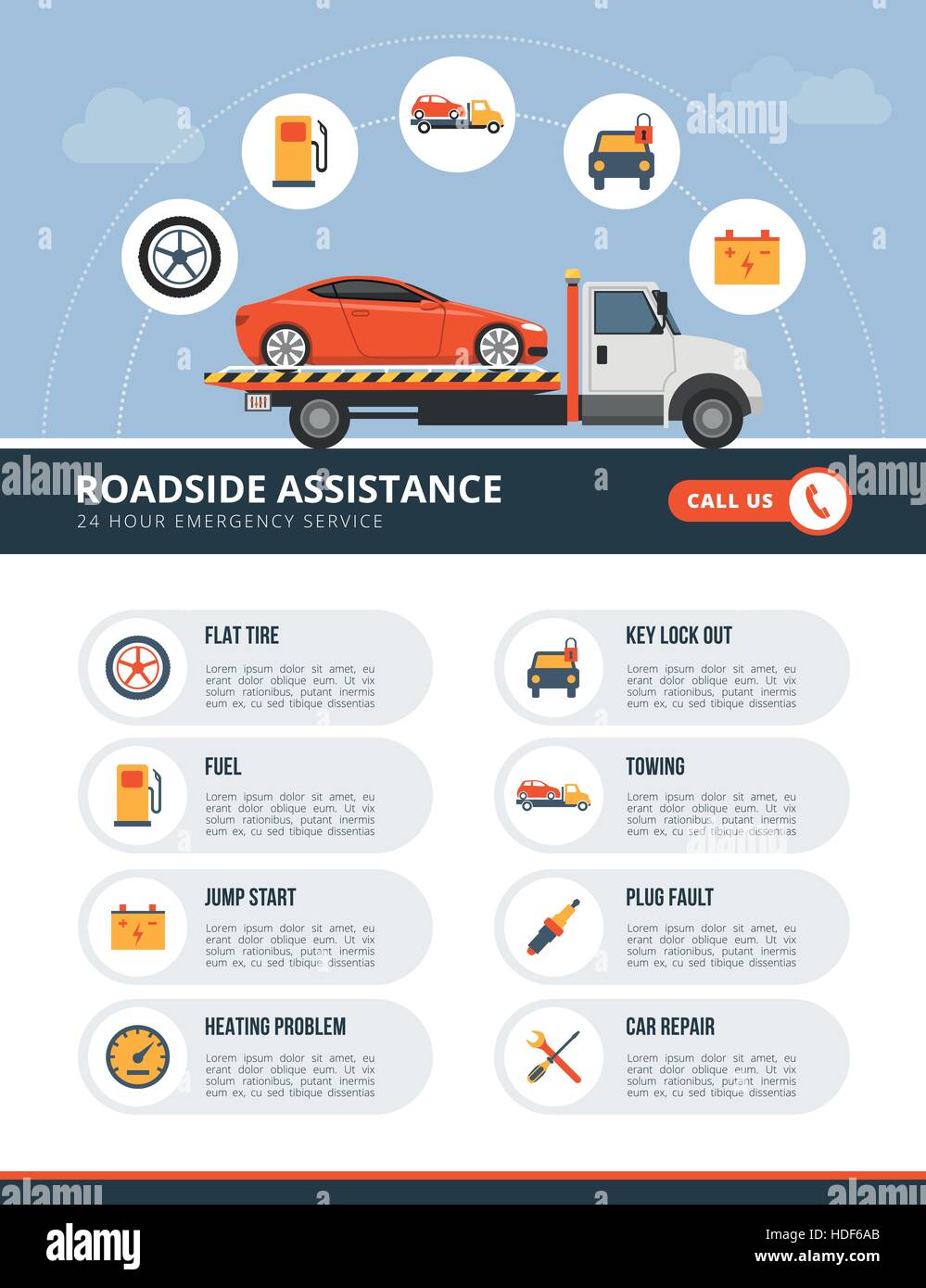Fascinated In Understanding The Caution Lights On Your Car'S Control Panel? Discover Their Importance For Your Car'S Security And General Condition
Fascinated In Understanding The Caution Lights On Your Car'S Control Panel? Discover Their Importance For Your Car'S Security And General Condition
Blog Article
Uploaded By- https://driverstrainingnearme40628.ourcodeblog.com/31358569/leading-5-myths-concerning-vehicle-detailing-debunked
When you lag the wheel, those glowing warning lights on your dashboard can be a bit puzzling. Do you recognize what they're trying to tell you about your car's wellness? Understanding the value of these lights is crucial for your safety and the durability of your lorry. So, the following time among those lights pops up, would not you want to decipher its message properly and take the essential actions to resolve it?
Common Warning Lighting and Interpretations
Recognize usual caution lights in your car and comprehend their definitions to make certain secure driving.
The most typical warning lights consist of the check engine light, which indicates issues with the engine or exhausts system. If this light comes on, it's vital to have your lorry examined quickly.
The oil stress cautioning light suggests low oil stress, requiring instant interest to prevent engine damage.
A flashing battery light could suggest a defective billing system, potentially leaving you stranded otherwise resolved.
The tire pressure tracking system (TPMS) light alerts you to reduced tire pressure, affecting car security and fuel effectiveness. Neglecting this might lead to unsafe driving conditions.
The abdominal muscle light indicates a trouble with the anti-lock braking system, endangering your capability to stop promptly in emergencies.
Finally, the coolant temperature cautioning light warns of engine getting too hot, which can cause extreme damages otherwise solved promptly.
Understanding these typical caution lights will aid you resolve concerns immediately and maintain secure driving conditions.
Value of Prompt Attention
Recognizing the usual caution lights in your cars and truck is just the primary step; the importance of immediately dealing with these warnings can not be highlighted sufficient to ensure your safety and security when traveling.
When a warning light brightens on your control panel, it's your car's means of communicating a prospective problem that requires focus. Ignoring these cautions can result in much more serious problems down the road, compromising your security and potentially costing you more in repairs.
linked internet site to alerting lights can protect against failures and crashes. For example, a blinking check engine light could indicate a misfire that, if left neglected, might cause damage to the catalytic converter. Addressing this immediately can conserve you from a pricey repair work.
Likewise, https://ecu-remapping51628.jaiblogs.com/58221807/examine-the-vital-trends-that-are-set-to-modify-the-future-of-automobile-repair-service-consisting-of-the-spreading-of-electrical-cars-and-the-adoption-of-artificial-intelligence cautioning light might indicate low brake liquid or used brake pads, critical components for your safety and security when driving.
DIY Troubleshooting Tips
If you see a warning light on your control panel, there are a couple of DIY troubleshooting tips you can attempt before seeking expert assistance.
The initial step is to consult your car's handbook to understand what the particular caution light suggests. In some cases the problem can be as simple as a loose gas cap causing the check engine light. Tightening the gas cap may resolve the issue.
Another typical concern is a reduced battery, which can cause different alerting lights. Checking the battery links for deterioration and ensuring they're safe may repair the trouble.
If a warning light persists, you can try resetting it by detaching the automobile's battery for a couple of minutes and after that reconnecting it. Additionally, examining your vehicle's fluid degrees, such as oil, coolant, and brake fluid, can aid fix alerting lights related to these systems.
Conclusion
To conclude, recognizing your cars and truck's warning lights is essential for maintaining your automobile running efficiently and securely. By promptly addressing these notifies and knowing what they suggest, you can prevent expensive repairs and prospective break downs.
Remember to consult your vehicle's manual for specific information on each alerting light and do something about it accordingly to guarantee a trouble-free driving experience.
Remain notified, stay secure on the road!
